Apartment hunting can be an exciting experience, especially if you’re looking for a unique space that you’ll love living in. However, if you’re new to renting or moving into a new type of rental, it can be overwhelming to understand all the terms and different types of apartments available to you. Whether you’re looking for a studio, a top-floor loft, or just wondering what options are out there, we’ll cover 22 different types of apartments to help you figure out where you should rent next.
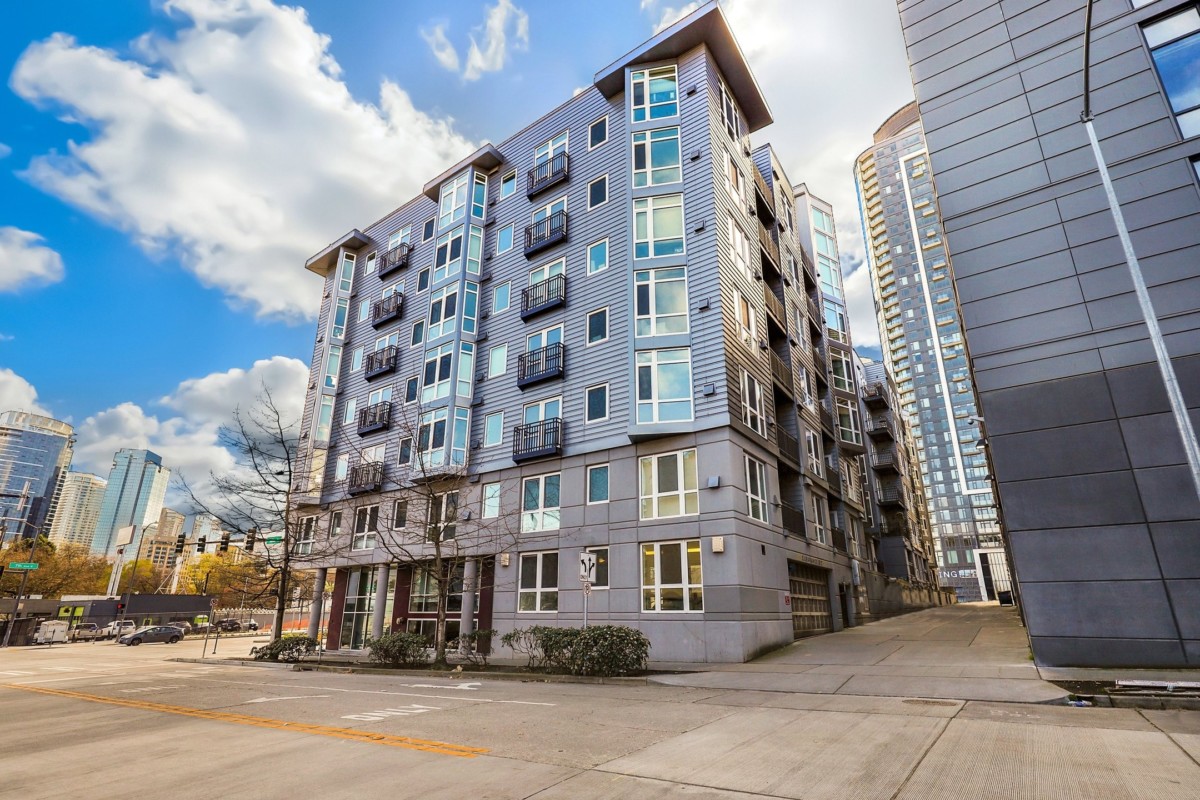
That’s right – 22 different types of apartments
There are plenty of types of apartment layouts and different features that you’ll come across whether you’re renting an apartment in Chicago, IL, or living in Austin, TX. Here are 22 of the most common types of apartments you may run across as you begin apartment hunting.
1. Studio apartment
One apartment that you’ve probably heard of before is a studio apartment. Studios are an open concept single room space that includes the kitchen, living area, and bedroom. There’s typically a separate bathroom near the entrance, but your living quarters are all-in-one. You may also find a few variations on the studio, like an alcove studio or convertible studio
2. Alcove studio
The only difference between a studio and an alcove studio is the L-shaped wall breaking up the middle of the room. This nook or alcove makes it easier to separate your living space from your bedroom area, giving the small space more privacy.
3. Convertible studio
A convertible studio, also called a flex apartment, is a studio that is large enough to construct a wall to make separate rooms. While your apartment complex may not allow construction, the concept is that you have enough space to divide the room with a room divider or curtain and create separate living areas. These studios can be beneficial for those with roommates living in cities where rent is particularly high.
4. Urban, junior, or open one bedroom
Similar to a studio apartment, an urban, junior, or open one bedroom apartment is a space that has a partial bedroom separate from the living area. However, you can’t technically classify these units as one-bedroom apartments because the bedroom doesn’t have a window.
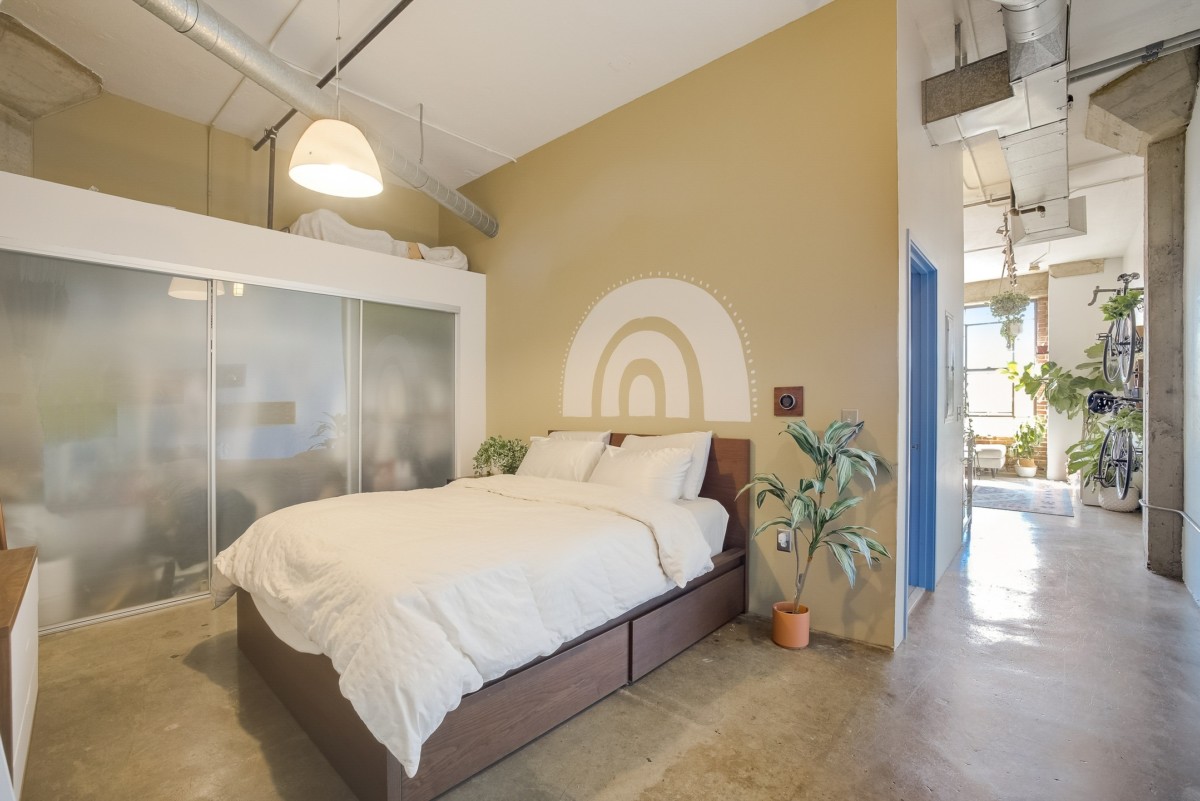
5. Bachelor apartment
Another take on the studio apartment is a bachelor apartment. These apartments are slightly smaller than a traditional studio, and the kitchen is often a kitchenette rather than a full-sized kitchen.
6. Efficiency apartment
Efficiency apartments are quite similar to studio apartments but differ in one main characteristic – the kitchen. Studio apartments typically have a full-sized kitchen with a fridge, cooktop, stove, microwave, and maybe a dishwasher if you’re lucky. Efficiency apartments have less counter space and often lack a stove. You may find a small cooktop, compact sink, and mini-fridge instead.
7. Loft apartment
A traditional loft apartment is a larger open-concept space, much like the layout of a studio. Your bedroom, living space, and kitchen are all contained in the same area, while the bathroom is separated. Loft apartments are typically found in former industrial or commercial buildings and converted into living spaces. Expect to see very high ceilings, exposed brick, and floor-to-ceiling windows.
8. Micro apartment
A micro apartment is exactly what you’d think – a very small apartment. Typically these spaces have a kitchenette, bedroom, living space, and bathroom and are all under 350 square feet. Micro apartments are most commonly found in highly populated cities. So, if you’re renting an apartment in New York, NY, or other similar cities with high populations, you’ll most likely find micro apartments.
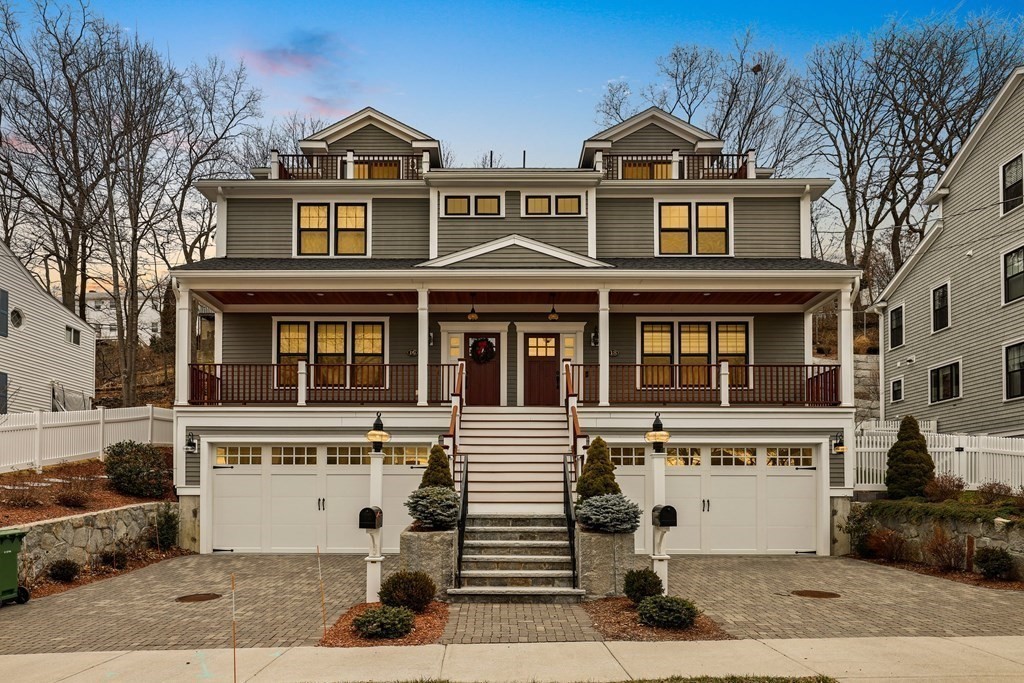
9. Duplex apartment
A term you may be familiar with is duplex. A duplex is a multi-family home that has two separate homes connected by a wall. Sometimes duplexes are considered apartments, but they also may be classified as rental homes. Typically the two units will have a similar layout, but have separate entrances.
10. Triplex apartment
Add in a third home to a duplex, and you’ve got a triplex apartment. It’s the same concept, except if you live in the middle unit, you’ll share both walls with your neighbors rather than one wall.
11. Co-op
A co-op, short for cooperative housing, is a building owned and operated by the residents. You typically purchase shares of the building rather than a specific unit, meaning you’re a partial owner of the property. You have the right to live in an available unit in the building, but you’ll have more financial responsibility than simply renting an apartment.
12. Co-living
Not to be confused with a co-op, co-living is when you rent a bedroom within a larger apartment, while the common spaces (living room and kitchen) are shared with the rest of the tenants. This is most common in student housing or apartments near universities, but in pricier rental markets this can be a great option to consider.
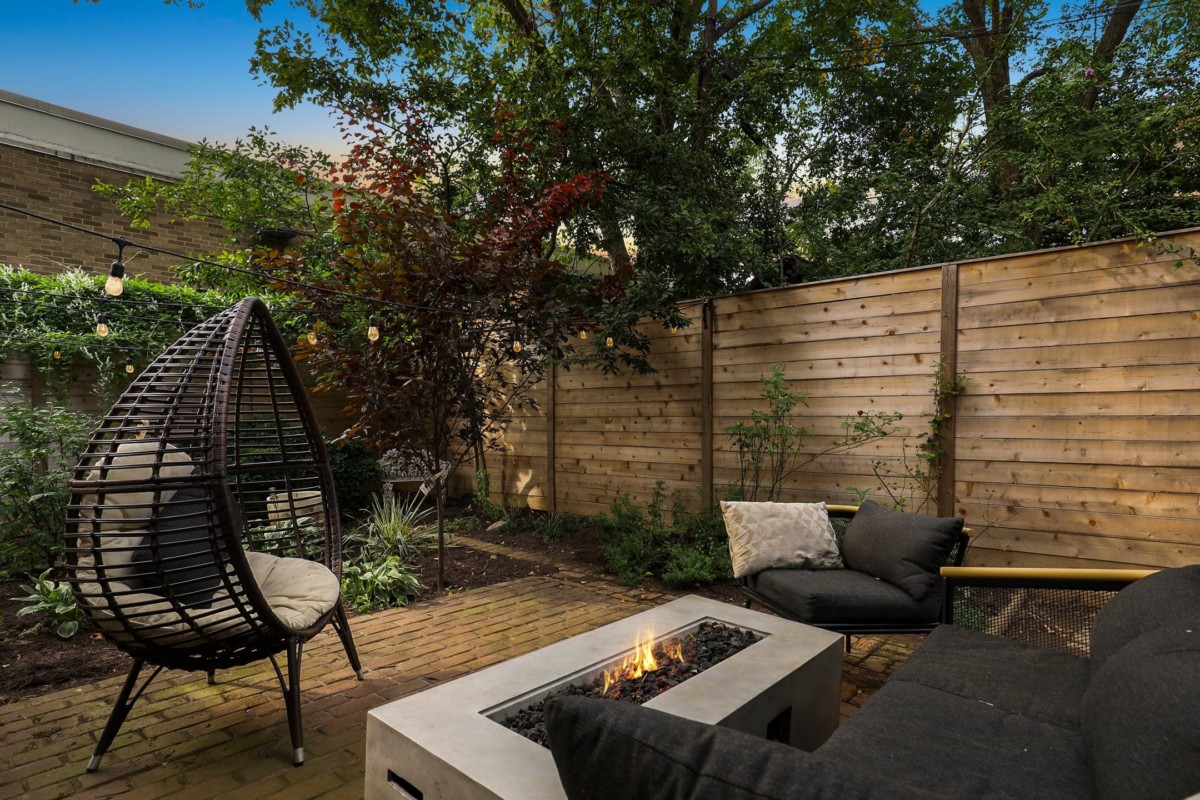
13. Garden apartment
Garden apartments are ground floor or basement level apartments that have access to a private garden or outdoor space. Due to their location and garden, these apartments require a little more maintenance, such as apartment security and pest control. If you’re looking into a garden apartment, make sure to tour the place in person to see any potential issues.
14. Basement apartment
Not all garden apartments are located in the basement, and not all basement apartments have a garden. Basement apartments are located below ground level and may have more apartments or a commercial building above them. Sometimes, homeowners may rent out their converted basement as a rental space.
15. Penthouse apartment
Travel to the top, and you’ll find penthouse apartments, which are the units located at the top of an apartment building. With their spectacular views and large spaces, penthouses are often more expensive than other types of apartments. Depending on the location, some penthouse apartments may have a separate elevator that leads directly up to your unit.
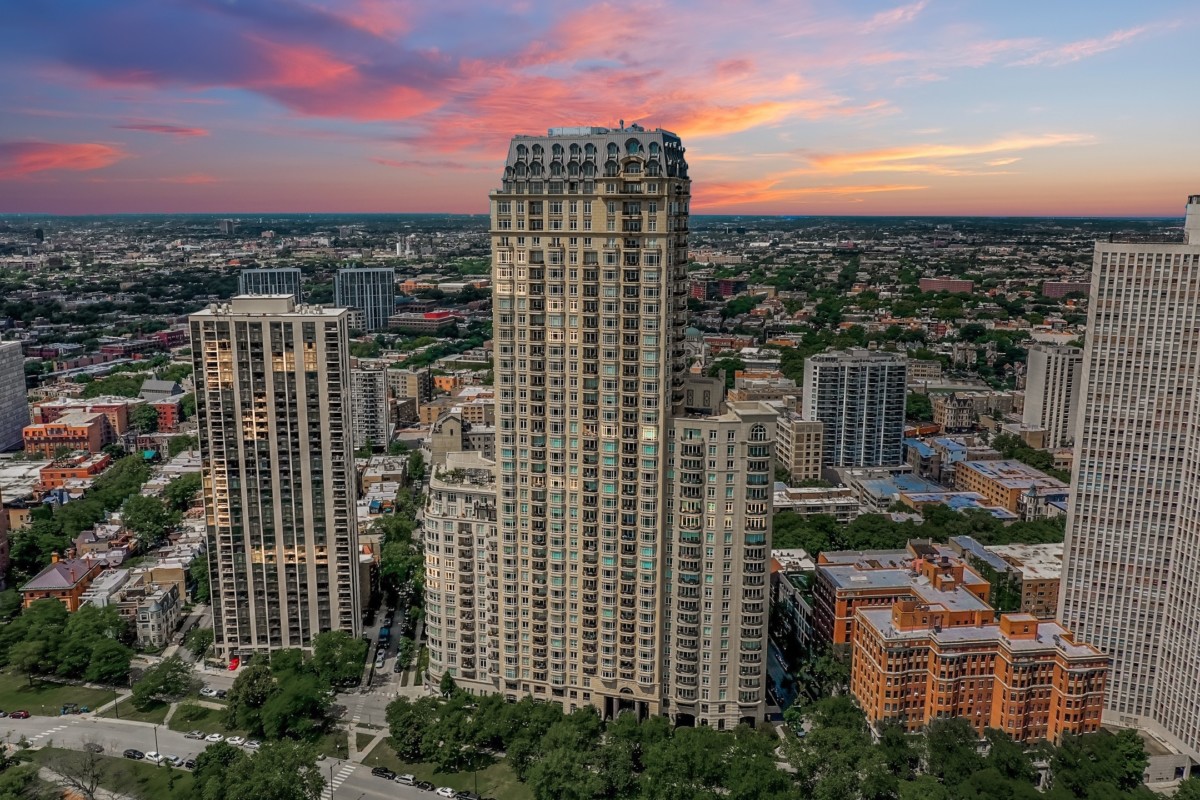
16. High rise apartment
High rise apartments are units in a building with more than 12 stories. You can find a variety of apartment layouts in a high rise building, but you have a greater likelihood of living on a higher floor.
17. Mid rise apartment
Mid rise apartments are complexes between five to 11 stories and typically have an elevator accessing the floors. These apartments are often found in cities and have many types of floor plans.
18. Low rise apartment
Under four stories tall are none other than low rise apartments. They may have an elevator, although it’s more common that they won’t have an elevator so you’ll have to anticipate using the stairs.
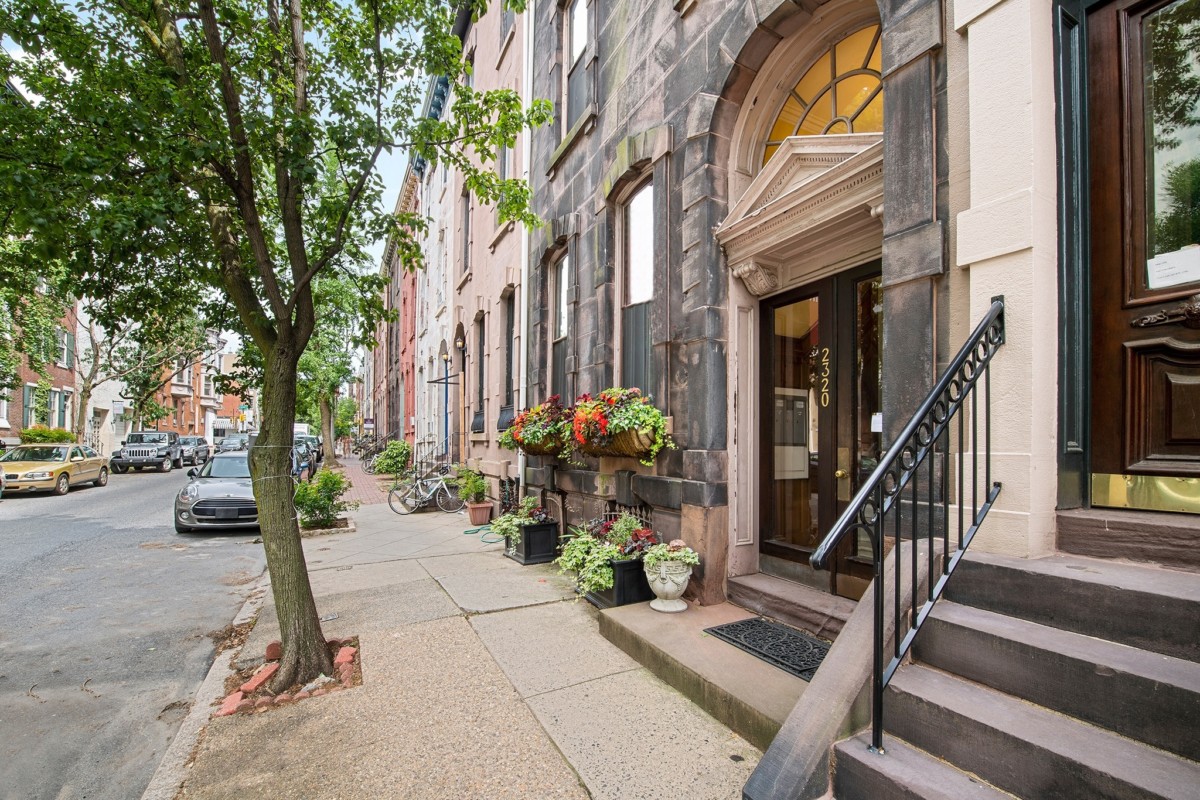
19. Walk up apartment
Walk up apartments are multi-unit apartment buildings that exclusively use stairs. There are stairs leading up to the building and are the only method to access the units inside. A walk up apartment often has multiple apartment layouts to choose from, but keep in mind you’ll have to use stairs to access all of them.
20. Railroad apartment
A railroad apartment refers to its straight floor plan, rather than its location. Hint, they aren’t located next to a railroad. Railroad apartments typically lack a hallway meaning you’ll have to walk through each of the three to four rooms in order to get to the next room. This style is often located in smaller and older apartment complexes.
21. Floor through
A floor through apartment is a unit that takes up an entire floor of a building. Sometimes it may refer to a unit that goes from the front of the building straight to the back, even if it doesn’t take up an entire floor.
22. Luxury apartment
Luxury apartments are often more expensive due to their additional features. They usually have lots of amenities ranging from on-site swimming pools, gyms, common spaces, and rooftop gardens, to doormen and on-site security, prime locations and views, or high-end finishes and appliances. Sometimes a pied à terre is considered a luxury apartment, as these units are often second homes and located in buildings or condos with lots of amenities.
Deciding which apartment layout is right for you
There are many things to consider when apartment hunting – from your location and budget to whether you’re living with roommates or alone, and the ideal layout for your needs. Knowing the different types of apartments can help you narrow your search down and help you make the right decision. And Redfin can help you find an apartment that checks those boxes.
1. Go to Redfin.com and click “Rent”. You’ll type into the Search Bar either the city’s name or the zip code (for example, San Francisco, CA) where you’d like to begin looking for an apartment or rental home. Press enter.
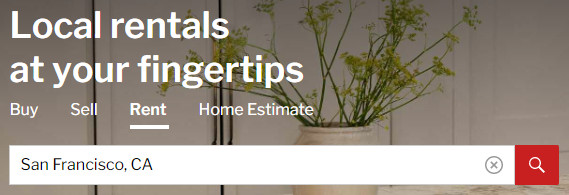
2. Near the top of the next page, on the right side, you will see “All filters.” Click on that.

3. From there you can narrow down your search by number of bedrooms, home type, and price. Depending on your preferences, you’ll see apartments that meet your needs.
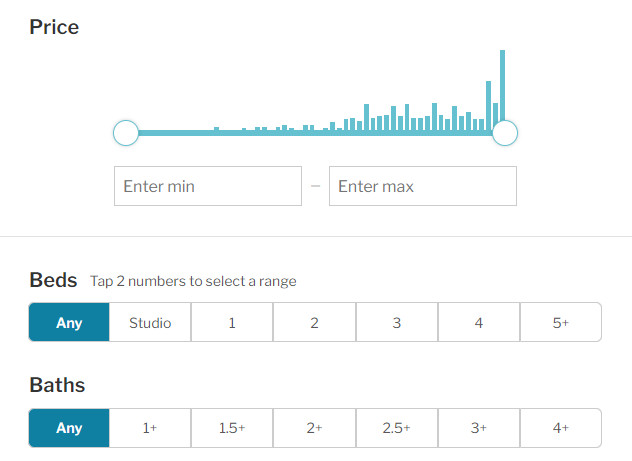
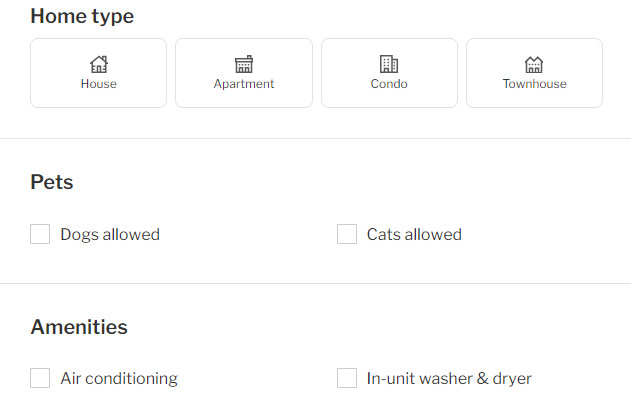
The post 22 Different Types of Apartments: Find The Pad That Best Fits Your Lifestyle appeared first on Redfin | Real Estate Tips for Home Buying, Selling & More.
